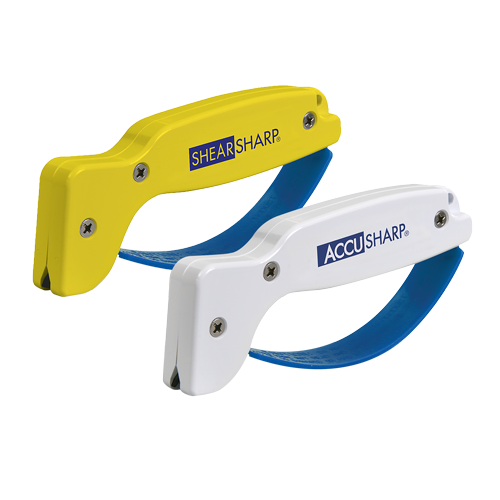This one isn't bad, starting at about 4 minutes in. It's close to the way I learned to sharpen big blades. Biggest thing is to keep the angle consistent and go slow. Also mask off the blade with tape where you don't want to sharpen, and oil when done.
He says "They're called wet stones for a reason. They work better when they're wet."
Well, no actually. They're not called
wet stones. They're called
whetstones.

It's a much different thing. If you're talking about a whetstone that needs to be wet, then it is a
water stone. Easy mistake to make. I'm guilty of it too.
I do like that he goes through the whole process that led him to where he got. It's entertaining.
He says the stick sharpener made the sword more dull. There's two issues I think he was running into. Number one is that holding a sword steady to use a sharpener like that is probably not very easy. Number two is that he was trying to take a wider angle and make it more acute. That takes a lot more time than doing the opposite, plus those ceramic sticks will take forever to re-profile an edge. This is a well known issue with that style of sharpener. If he had been able to consistently hold an angle and he had spent enough time, then the crock stick sharpener eventually would have worked.
The practical solution that he came up with is something that I have seen recommended a lot for beginners when sharpening a large knife with a small pocket stone, which is to angle the stone to the knife instead of trying to angle the knife to the stone. It makes perfect sense. Funny thing is that I'm pretty sure I've seen movie scenes where this is how they sharpen swords. I just can't remember anything specific.
edit: Also, you probably don't want a sword that can slice paper. Swords are impact weapons. They hit things and things hit them. If you have a sword edge that can slice through paper, then it's probably not a very stable edge for a sword. The first time you hit something with that sword it will probably destroy the edge. I bet that's why the sword that he was sharpening came with a wide angle edge in the first place.

